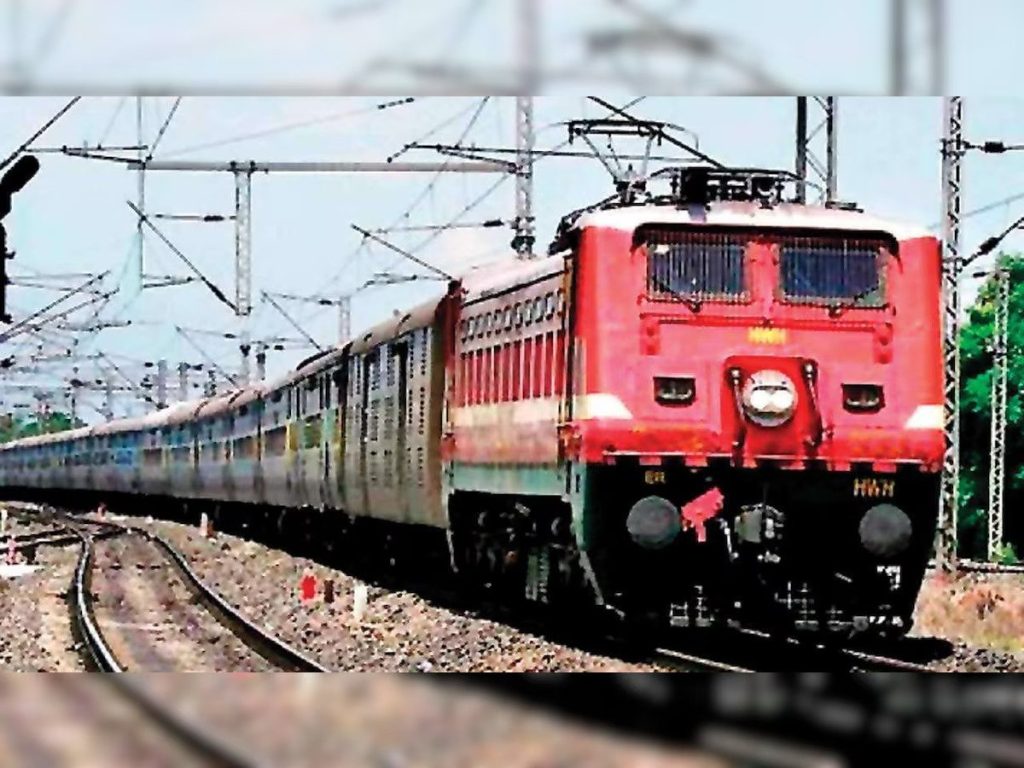Millions of Indians rely on the huge railway system, which connects remote areas and makes it easier to transport both people and commodities throughout the nation. However, because of the size of the network, accidents involving trains frequently happen, even those that are thought to be minor. These situations deserve attention owing to their underlying ramifications, even though they may not cause many casualties or make headlines. The necessity of resolving non-consequential railway accidents in India is highlighted in this article, which dives into the reasons why they warrant serious study.
Non-consequential mishaps can act as early indicators of underlying problems with the railway infrastructure and operations. Railway officials can take preventative action before more serious accidents happen by analysing these instances to spot trends and possible weak points. The likelihood of large accidents in the future can be considerably decreased by addressing the underlying causes of minor occurrences.
Even minor railway accidents that are thought to have little economic impact might result in fatalities. These occurrences can create delays, which can harm commerce, supply chains, and financial losses for companies and sectors that depend on prompt transit. The general economic stability and progress of the nation can benefit from the prevention and mitigation of such catastrophes.
With the railway minister carrying extra duties, the Modi administration has established a sort of precedent. Piyush Goyal formerly held the ministries of Public Distribution, Consumer Affairs, and railways, in addition to Coal. Vaishnaw, therefore, has the portfolios of Communication and Electronics and Information Technologies in addition to railways. India’s railway minister is shown as usually donning a thorny crown. However, it is easy to imagine the workload on his brain in this situation.
On the Howrah-Burdwan main line, an unwell guy unintentionally fell to his death from the local train. Services on the line were momentarily disrupted as a result of this. His dismembered body had to be removed off the track using special equipment provided by the railroad.
What of one death, one would wonder, with so many people dying in Balasore? The opposite is truly true in reality. According to statistics from the National Crime Records Bureau (NCRB), a disproportionately higher number of people die in these non-consequential railway accidents. Even the Commission of Railway Safety, which is a division of the Ministry of Civil Aviation, classifies these incidents as being in the “excluded category.” In the previous 20 years, there have been far fewer noteworthy railway accidents, notably in the final nine years of the Modi administration. According to a recent estimate made to the Lok Sabha by Ashwini Vaishnaw, the number has decreased from 135 in FY 2014–15 to 48 in FY 2022–23. It was 473 (FY 2000–01) at the turn of the century. The average annual number of significant railway accidents fell from 171 in the decennial period 2004–14 to 71 in the years 2014–23.
Numerous safety precautions that the government has implemented over the past nine years may be to blame for the dropping numbers. The Automatic Train Protection System (ATS), for which the government has already spent over Rs 352 crore, is the most widely discussed. It was developed by Kavach. The Opposition was misled by the terminology because they believed it would serve as a barrier between two trains crashing head-on. The railway minister said that there was no connection at all between the Balasore train accident and Kavach. Only when the loco pilot fails to do so or fails to apply brakes at the red signal does Kavach assist a train driver by automatically applying the brakes.
Many individuals lose their lives as a result of railway collisions or trains falling off the track. According to the NCRB’s publication Accidental Deaths and Suicide in India, 2021 (issued by the Ministry of Home Affairs), they made up 67.2 percent of the deaths in incidents involving trains. The number was 11,036 in absolute terms. 32.2 percent of deaths were caused by explosions, fires, and other accidents on board (5287). Only 0.5 percent of deaths involved railway crashes (86), and only 0.1 percent involved derailments (22). According to data from the pre-Covid year 2019, accidents involving falling from or colliding with moving trains resulted in 18,339 fatalities or 74.49 percent of all deaths.
Indian Railways (IR) is not directly accountable for these instances. There are a lot of accidents in this group because commuters are so careless. Unmanned level crossings have historically been dangerous areas because of recklessness on the part of their users rather than loco pilots. The administration decided to eliminate all unmanned level crossings in 2019. Only 755 unmanned level crossings remained in the nation as of April 1, 2022, making up just 3.9 percent of the 18,746 staffed level crossings.
According to reports, the Modi administration has taken more steps than any other administration to safeguard train safety. Nevertheless, the horrifying statistics of deaths from falls or accidents with moving trains in Accidental Deaths and Suicide in India year after year paint a grim picture. For technological reasons, they are too huge to be left unattended. The government must now conduct an extensive investigation into these accidents, address any problems, and provide passengers with safety advice.
In India, non-consequential railway incidents require serious consideration and prompt action. Even though they might not result in many casualties, they are a sign of underlying safety problems, structural flaws, and maintenance and operating errors. A safer and more effective railway network in India may be achieved by prioritising safety, addressing the underlying causes of these occurrences, and encouraging a culture of learning and development. The railway authorities can foster public confidence, assure regulatory compliance, and build a reliable transport system that stands as the foundation of India’s progress and development by continually working towards avoiding and reducing even small disasters.
